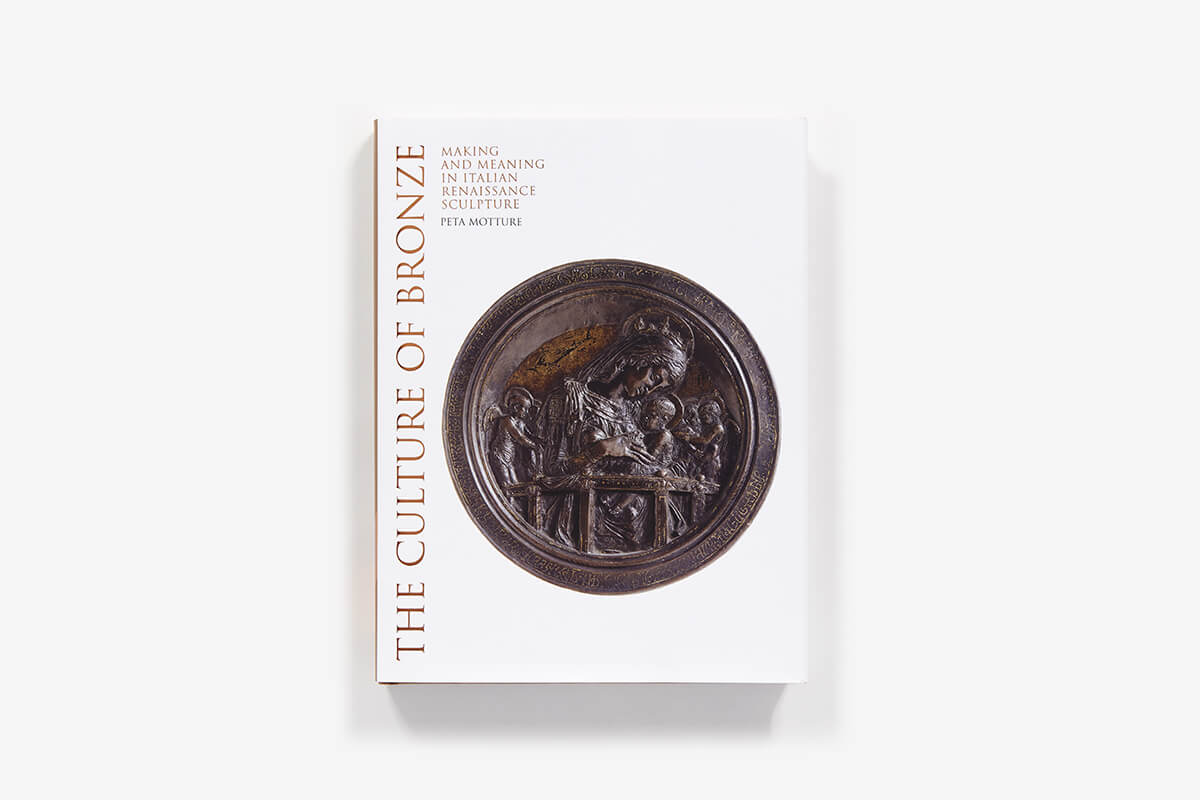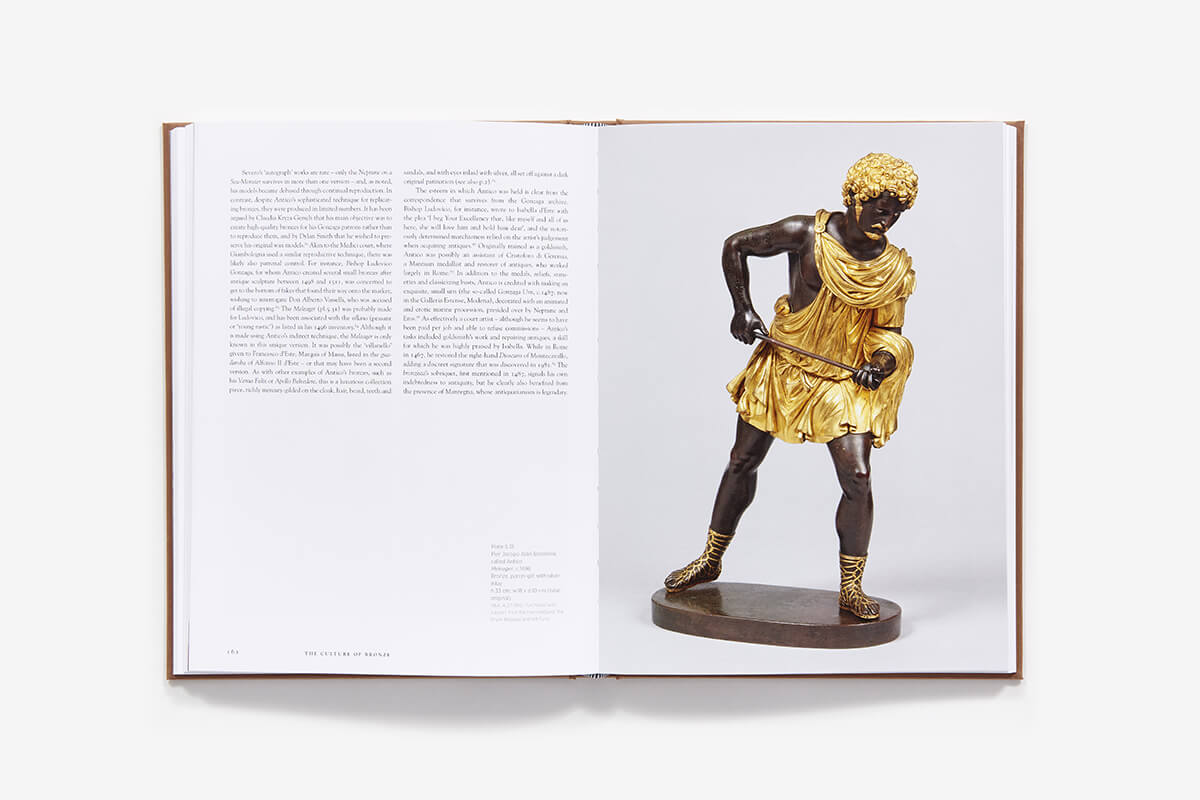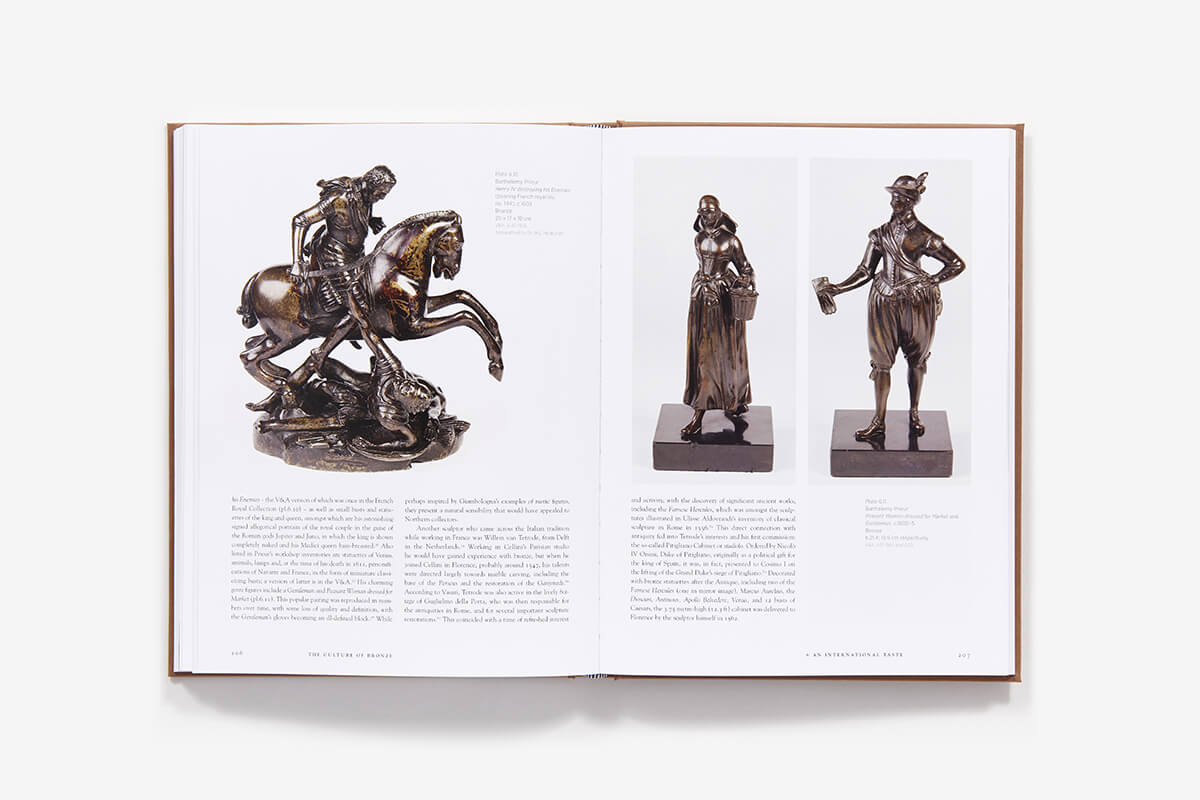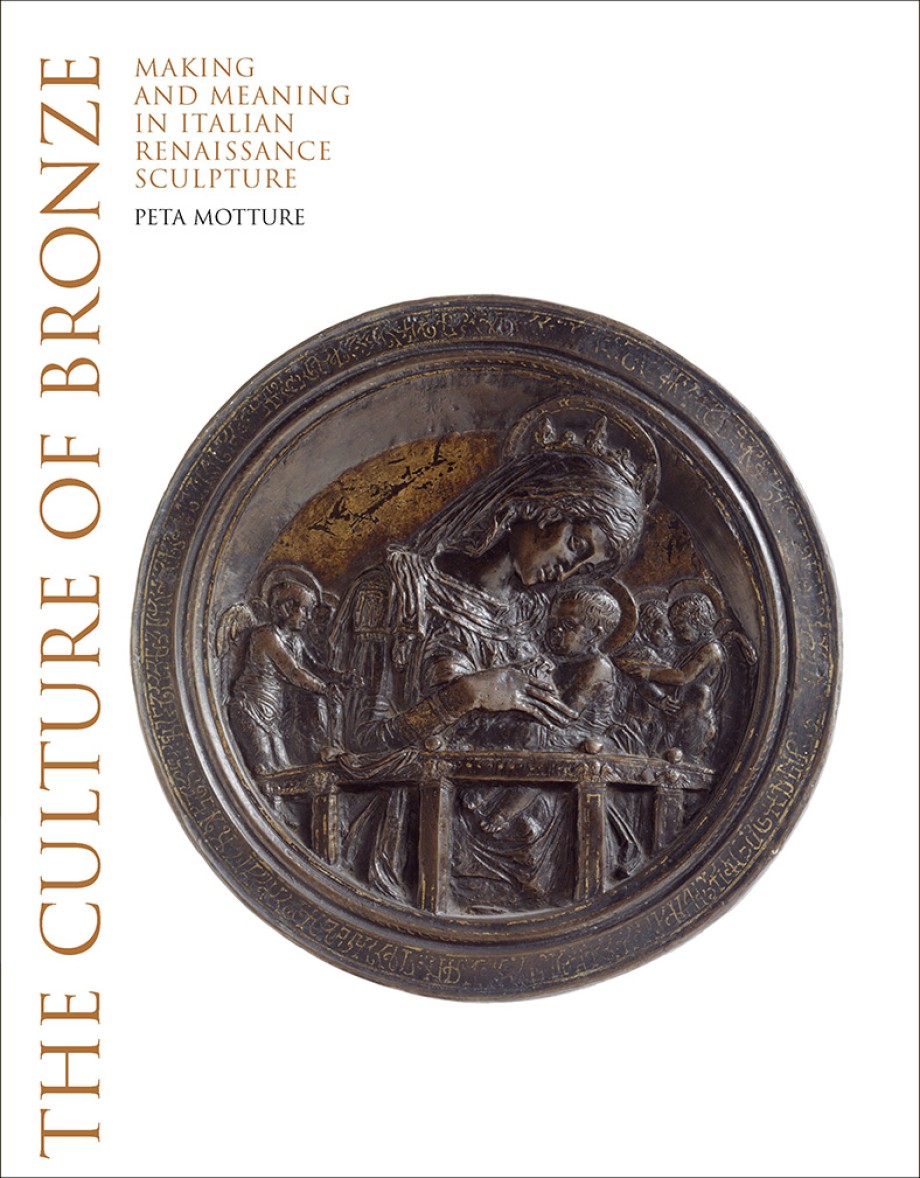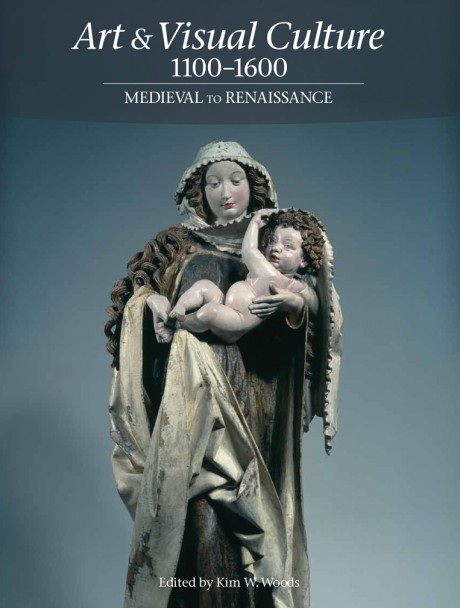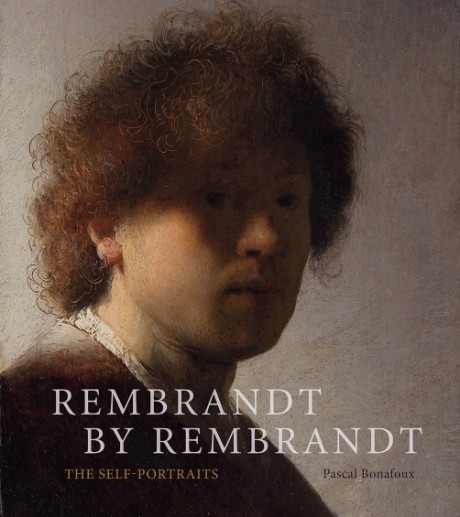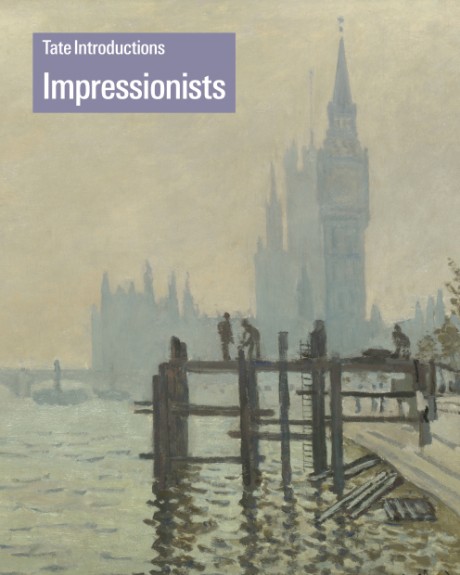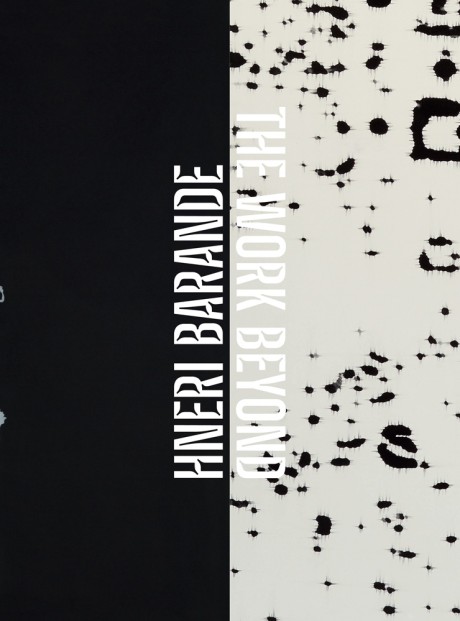The Italian Renaissance was a golden age for bronze sculpture, both on a grand scale—such as Ghiberti’s Gates of Paradise, or Cellini’s Perseus—and more intimate statuettes and small-scale functional objects. Bronze, being both costly and luxurious, embodied power, authority, and eternity and emulated the classical past. Yet it was one of the easiest materials to recycle, especially at a time when the need for artillery was ever-present. Drawing on the latest research, and including some 200 superb images, The Culture of Bronze explores the material and making of bronzes and the interrelationships and collaboration between sculptor, foundry, and owner. Encompassing works made for domestic, religious, and civic environments, the book studies the symbolism of bronze, and the bronzes themselves, within their broader societal context.
Praise
"Everything you need to know about Renaissance bronzes' might be an alternative title for this carefully cogitated and well-written volume."Burlington Magazine, Charles Avery
—



